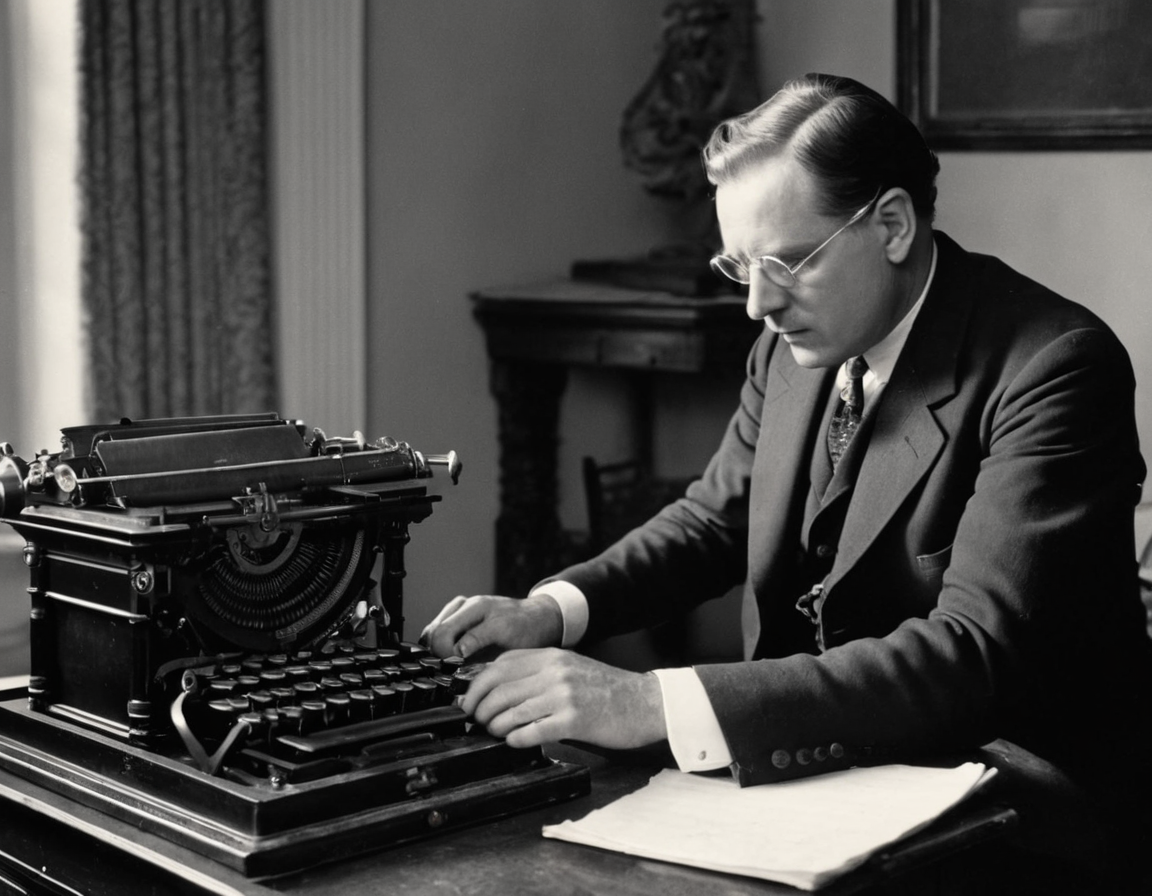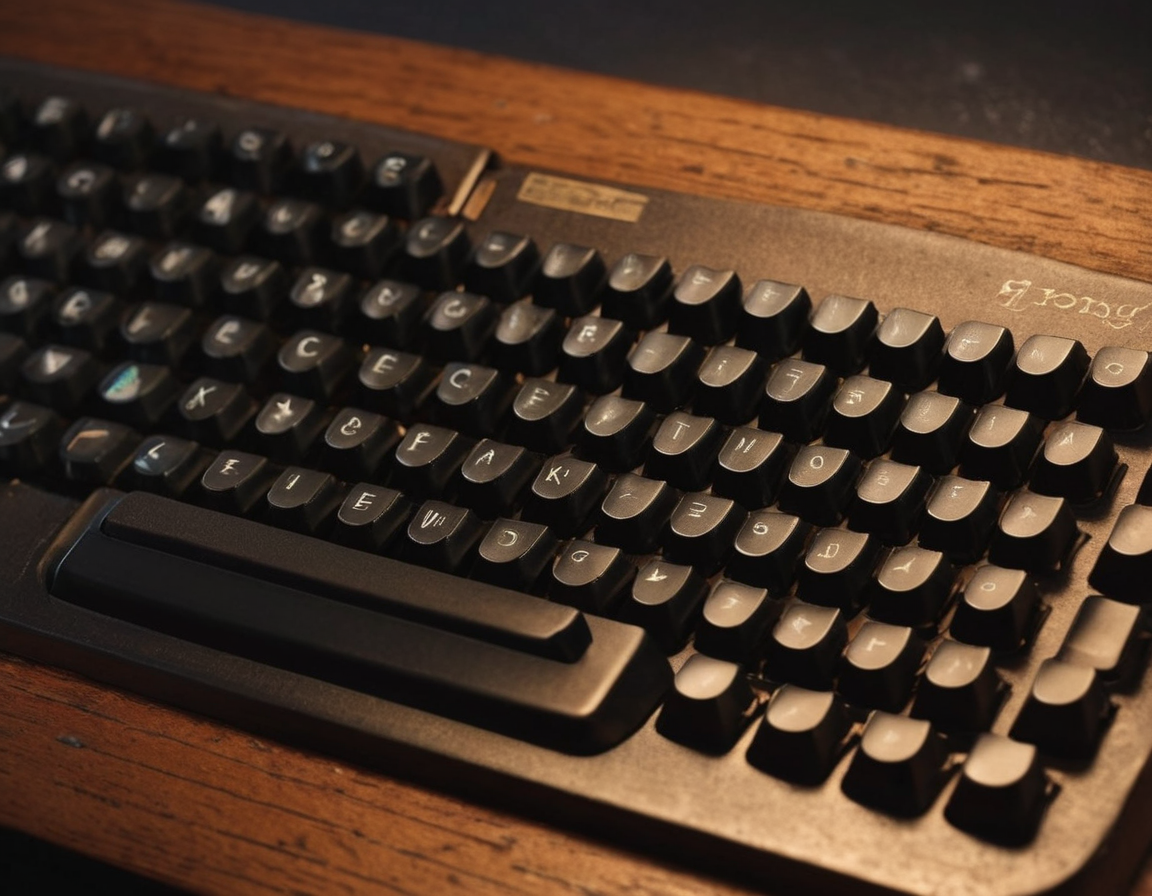The Fascinating History of the QWERTY Keyboard
Unveiling the QWERTY Keyboard: A Tale of Innovation and Ubiquity
The QWERTY keyboard layout, a design as ubiquitous as the air we breathe, yet seldom pondered upon. This typographical arrangement, cemented into our daily lives, has a history as rich and intriguing as the myriad of characters that dance upon its keys. Let’s embark on a journey through time to unravel the secrets behind the QWERTY keyboard’s enduring legacy.
The Birth of QWERTY
In the late 19th century, Christopher Latham Sholes, a newspaper editor, and printer from Milwaukee, embarked on a mission to create a machine that could efficiently transfer the power of the written word onto paper – the typewriter. The initial designs were beleaguered by mechanical jams as typists’ speed outpaced the machine’s capabilities. Sholes, alongside his trusty colleagues, Samuel Soule and Carlos Glidden, meticulously rearranged the alphabetical layout to mitigate this issue, giving birth to the QWERTY layout around 1874.

Why QWERTY Prevailed
The reasons behind the QWERTY layout’s dominance are manifold. After its adoption by the Remington & Sons typewriter company in 1878, it quickly gained traction. Its design cleverly reduced jamming by separating commonly used letter pairs, thereby allowing typists to type faster without the machine’s mechanism tangling up. Despite the later invention of alternative layouts, like the Dvorak Simplified Keyboard, QWERTY’s entrenchment in typing instruction and typewriter manufacturing cemented its place in typographic history.

QWERTY in the Digital Age
As we marched into the digital age, QWERTY effortlessly transitioned from the mechanical realm to the electronic. The layout became the blueprint for early computer keyboards and has remained so to this day. It is a testament to the lasting influence of Sholes’ creation that even the virtual keyboards of contemporary smartphones pay homage to the QWERTY design.
A Legacy Cast in Keys
The QWERTY layout is more than just a random arrangement of letters; it is a symbol of human ingenuity and adaptability. Sholes’ invention, conceived in the era of steam and steel, continues to serve us in the age of silicon and circuits, proving that good design endures the test of time.

Embracing Alternatives
Today, while the QWERTY arrangement reigns supreme, the ever-evolving landscape of technology and ergonomics has given rise to alternative keyboard layouts. Enthusiasts and efficiency-seekers probe the depths of typing potential, exploring these alternatives to glean whether they can usurp the king of keys. From Dvorak to Colemak, the quest for the optimal typing experience continues.
Conclusion: The QWERTY Constancy
In conclusion, the QWERTY keyboard is a testament to innovation and the unforeseen longevity of a well-crafted design. It has withstood the demands of time and technology, proving that necessity is indeed the mother of invention. As we type away our thoughts and stories, the QWERTY layout remains, remarkably, a silent partner in our daily digital dialogues.
Keen to explore the keys beneath your fingers? Try shuffling the letters and see whether QWERTY’s design suits your typing tempo or invoke your inner inventor and imagine a keyboard of your own creation!






